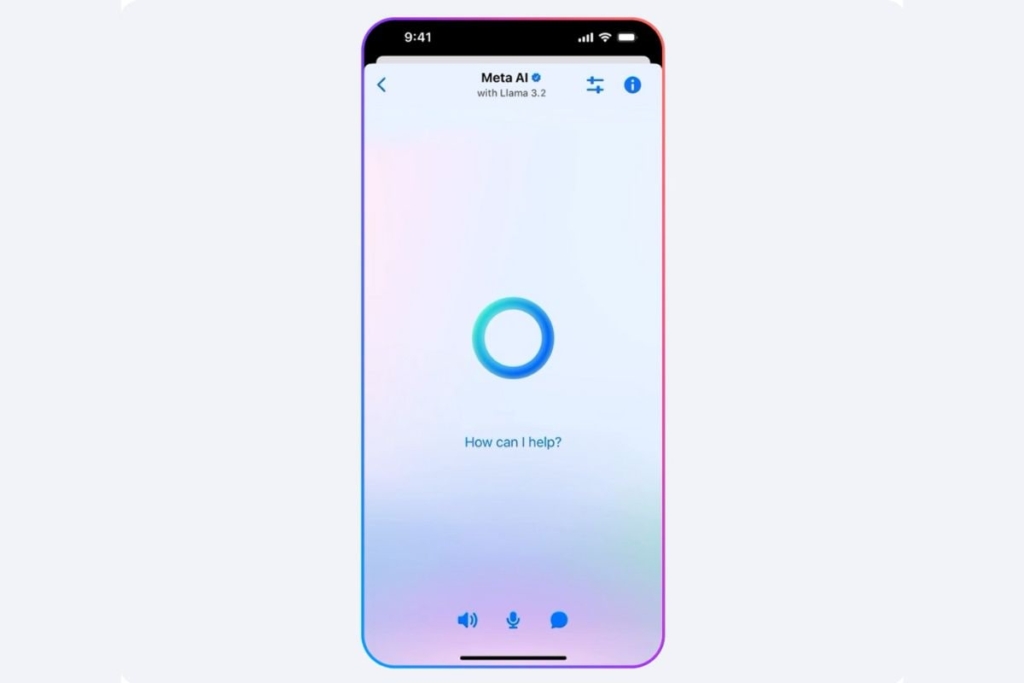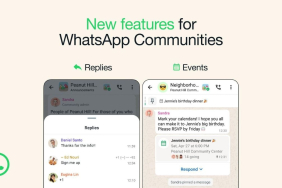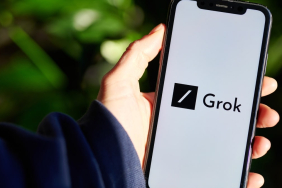On Wednesday, Meta introduced its long-anticipated AI voice chat feature, following an array of rumors earlier in the week. The announcement came during the Meta Connect 2024 event, where the social media giant unveiled several new capabilities for its chatbot, with the voice chat functionality taking center stage. This feature enables users to engage in two-way conversations with the AI without the necessity of typing or reading text. However, it is important to note that the voice produced does not exhibit emotional qualities and resembles traditional text-to-speech technology.
In a statement on its newsroom page, Meta elaborated on the voice chat feature, which was also demonstrated during the event. The company announced that this functionality will be integrated into Meta AI on platforms including Messenger, Facebook, Instagram Direct Messages, and WhatsApp.
This new feature can be seen as a speech mode for the AI, akin to offerings from other companies like OpenAI and Google with their chatbots. However, unlike the Advanced Voice Mode available in ChatGPT—characterized by a more human-like, expressive voice that can react in real-time to user input—Meta’s voice chat operates more like a read-aloud function for generated text.
According to a demonstration provided by the company, the AI’s voice is not entirely robotic, although it lacks significant modulation. A positive aspect of the feature is that it will be accessible for free to all users. Furthermore, Meta plans to offer a variety of new voice options, including five celebrity voices from talents such as Awkwafina, Dame Judi Dench, John Cena, Keegan-Michael Key, and Kristen Bell.
Earlier reports hinted at Meta’s intention to incorporate celebrity voices into this feature, suggesting that agreements have been reached with various artists for their vocal likenesses. The possibility exists for the addition of more celebrity voices in the future.
To activate the voice chat mode, users must navigate to the Meta AI interface available on any of the compatible Meta platforms. Here, they will find a waveform icon located next to the text entry field. By clicking this icon, users can access a window displaying the Meta AI icon prominently, along with options to play sound, mute, or view messages below. Users can then verbally pose their queries and prompts, with the AI responding in the selected voice.






